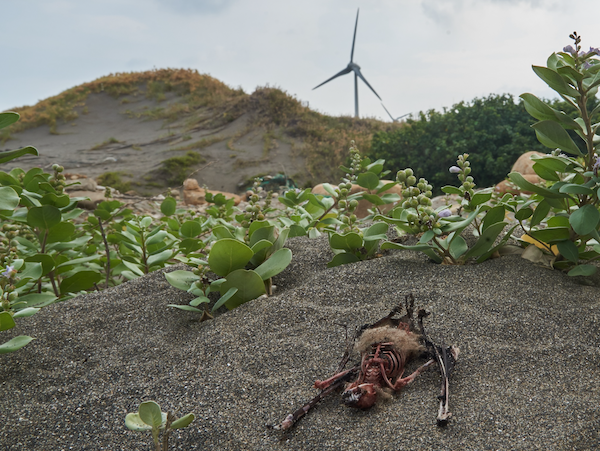Research
My interest lies in leveraging the growing repository of data to explore large-scale ecological and environmental questions. I am particularly interested in exploring new approaches to study ecological and evolutionary processes, understanding how biodiversity responds to environmental change, and informing strategies to address global environmental challenges.
Main themes
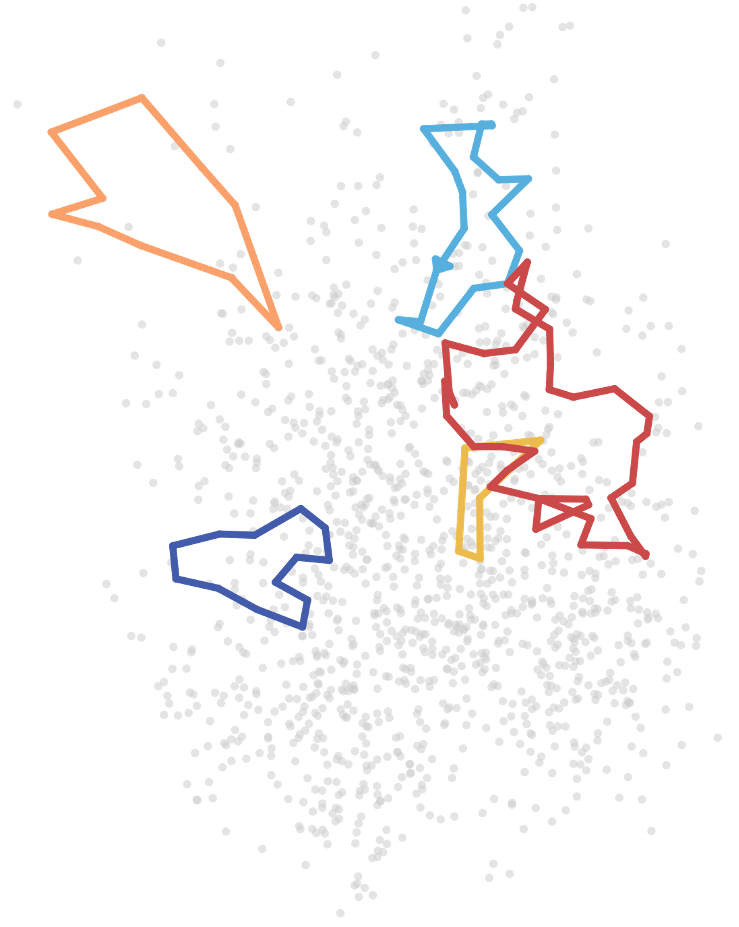
Unoccupied spaces in trait landscapes
Why do some seemingly viable life forms not exist? I use topological data analysis to identify “gaps” in trait space (i.e. regions where species are absent) and ask what processes create and maintain these gaps. By studying what is missing as well as what is present, I aim to uncover the ecological and evolutionary forces that shape the boundaries of biodiversity.
Current and prospective projects under this theme:
- Macroevolutionary constraints of bird morphology: We identified a viable body form missing from a large group of songbirds, explained by niche preemption from early-arriving lineages (Chia et al. preprint). I am extending this framework to bird feather color space, and potentially other taxa and trait systems.
- Community assembly processes: I am interested in identifying functional gaps in biological communities to investigate assembly processes.

Traits as drivers of macroecological patterns
Functional traits are the interface between organisms and their environments. I study how traits reflect ecological functions and selective pressures, with the aim of understanding the mechanisms that shape biodiversity.
Projects under this theme:
- Ecological function of enclosed nests in birds: We tested whether enclosed nests primarily serve to reduce predation risk or regulate microclimate across global bird species (Chia et al. 2023; Chia et al. preprint)
- Community assembly of moths along climate gradients: We used shifts in body size composition along an elevational gradient to understand the roles of environmental filtering and niche partitioning in shaping moth assemblages (Chia et al. 2024)
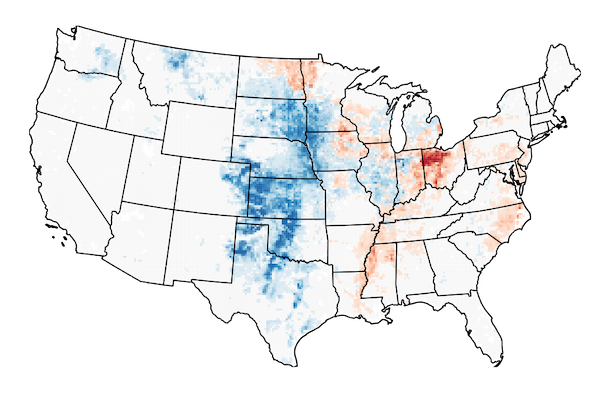
Quantitative approaches to sustainable solutions
I am interested in applying data-driven approaches to sustainability challenges. My projects, both academic and non-academic, have included:
- Food system efficiency: optimizing crop distributions for water savings and yield (ongoing); reducing food waste from foodservice providers by predicting consumption patterns
- Energy use and urban cooling: analyzing demographic effects on household electricity use; evaluating roof coatings as a strategy for urban cooling
- Sustainable agriculture: working with organic tea farmers on strategies to reduce weeding labor and predict harvest timing using microclimate monitoring.
These projects, many from earlier stages of my training and experience, illustrate the kinds of topics that motivate me. Moving forward, I aim to continue exploring how quantitative tools can contribute creatively to practical solutions.
Others
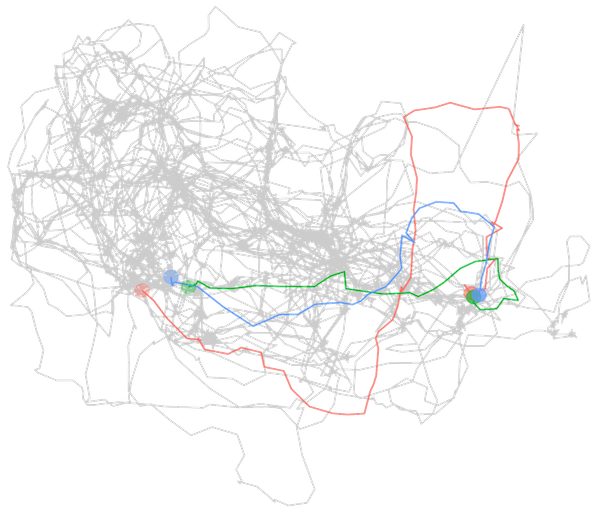
Animal movement behavior
I participated in two projects investigating corss-species patterns of animal movements, supporting data analysis and visualization.
- Altitudinal migration of birds: Using eBird data to characterize seasonal elevational movement of 100+ resident bird species in Taiwan, we found that the majority of species tend to shift elevation across seasons, likely driven by thermal tolerance and food availability. (Tsai et al. 2021)
- Route navigation of carnivores: Analyzing GPS tracking data of 1,000+ individuals across 34 species, we found distinct patterns between canids and felids in their spatial strategies in navigating home range. (Fagan et al. 2025)
Fieldwork
Although fieldwork is not a primary part of my current research, the opportunities I’ve had to support others remain some of my most cherished experiences. I hope to incorporate field data collection into my future work, contributing firsthand data to the research community.

Soundscape monitoring
Managed ~10 long-term forest sites in Taiwan, maintaining acoustic equipment and collecting climate data during my research assistantship at the Tuanmu Lab.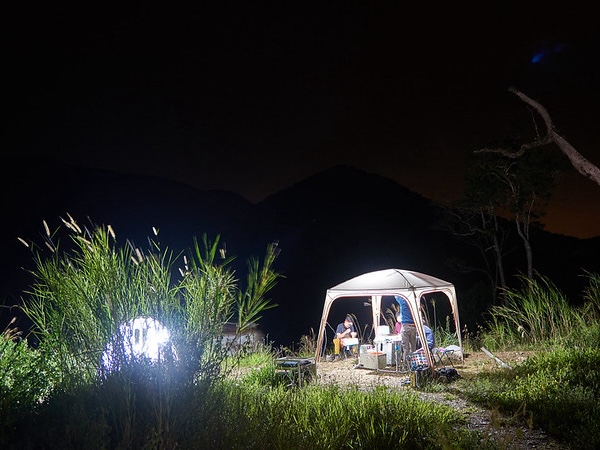
Moth surveys and experiments
Joined a month-long fieldwork in Malaysia, assisting with moth light trapping and thermal tolerance experiments along an elevational gradient (led by Shipher Wu).